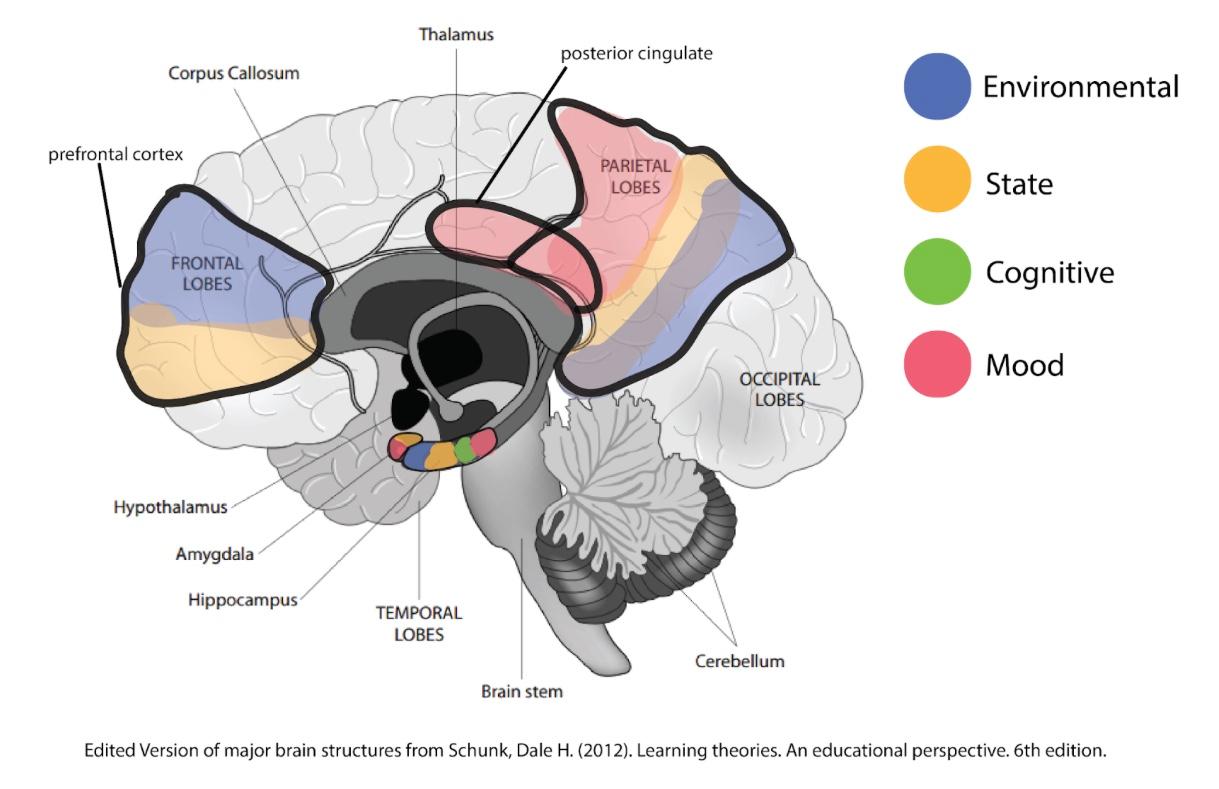

Abigail Bogdanovsky
Class of 2025Bethesda, MD
About
Hi! My name is Abigail Bogdanovsky and my Polygence project is about Context Dependent Memory.Projects
- Brain regions activated in different types of Context Dependent Memory: a Review with mentor Clara (July 14, 2023)
Project Portfolio
Brain regions activated in different types of Context Dependent Memory: a Review
Started Dec. 7, 2022

Abstract or project description
Encoding refers to the initial learning of information and storing it and retrieval is the recovery of the information from the storage. Oftentimes the memory or recall of an individual’s experience is improved when that experience is encoded and then retrieved within the same context. This phenomenon is referred as context-dependent memory (CDM; Hupbach et al., 2008). The four commonly referenced types of CDM are environmental context, state-dependent learning, mood-dependence/congruence, and cognitive context, which are outlined below. These four refer to different shared contexts between encoding and retrieval; more specifically, an environmental context could be a shared location (ex: learning and being tested in the same classroom), a state-dependent context would be a shared physical or emotional space (ex: learning and recalling information while being intoxicated), congruence would be a shared mood (ex: learning and being tested in a good mood), and a cognitive context would be a shared cognitive state (ex: recalling information in a certain language that were incurred in that language.) Neurally, the hippocampus, prefrontal cortex and the specific regions of the parietal lobe have been implicated in CDM more broadly. However, the the majority of experiments testing different types of CDM on different tasks are often experimented behaviorally rather than looking deeper into the physical brain regions the different types of CDM activate and rely on. To address how the different brain regions are involved between the four types of context, we will review studies of the subtypes of CDM and will consolidate them into a meta-analysis. Our goal is to discern if all subtypes of CDM rely on the same brain regions or if there are variations across subtypes.